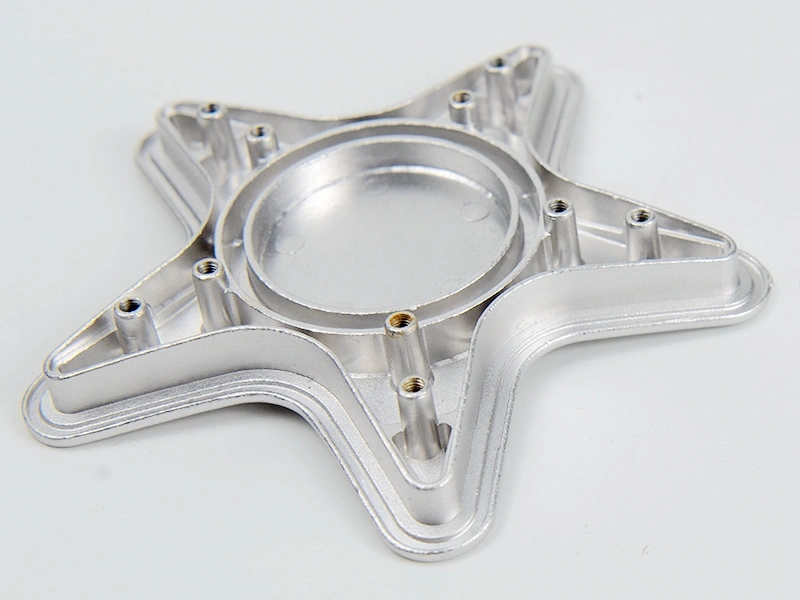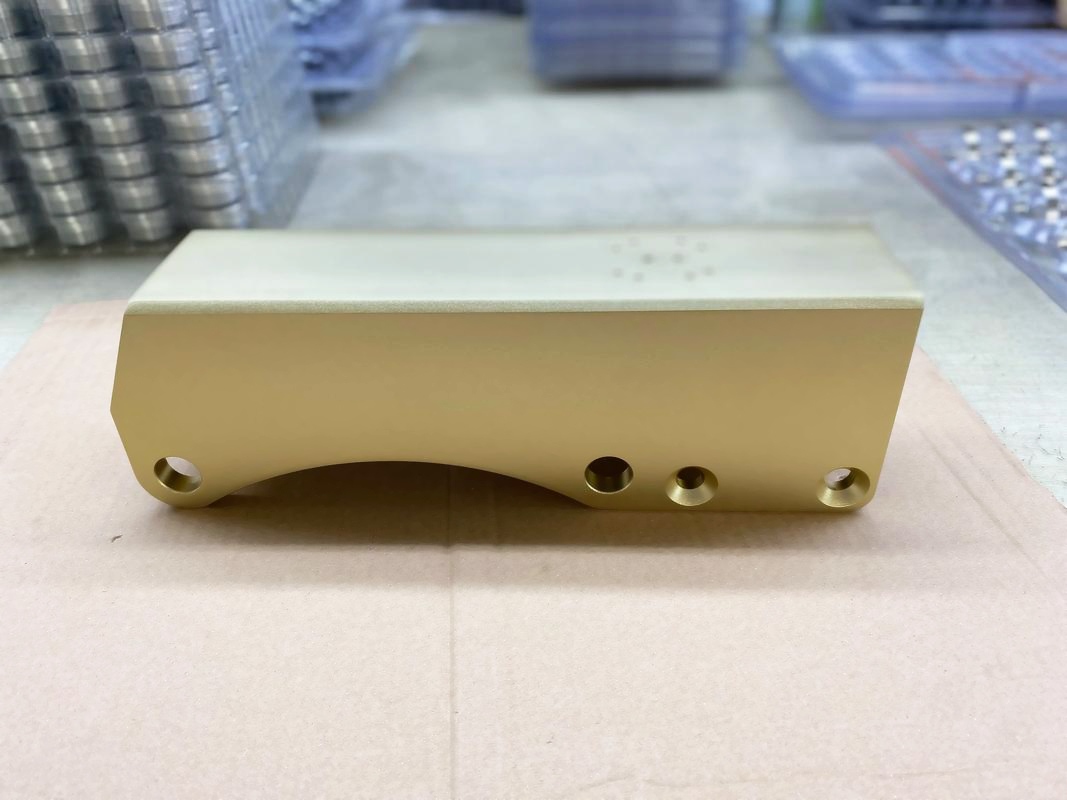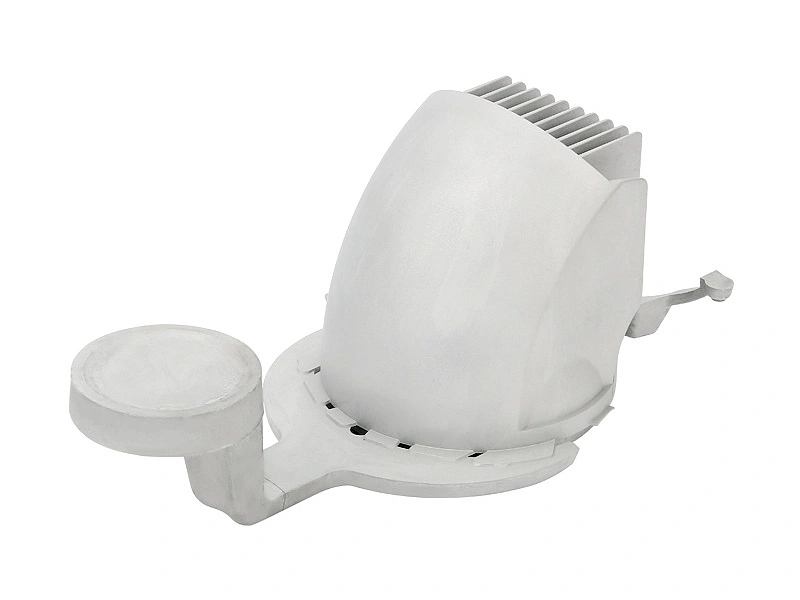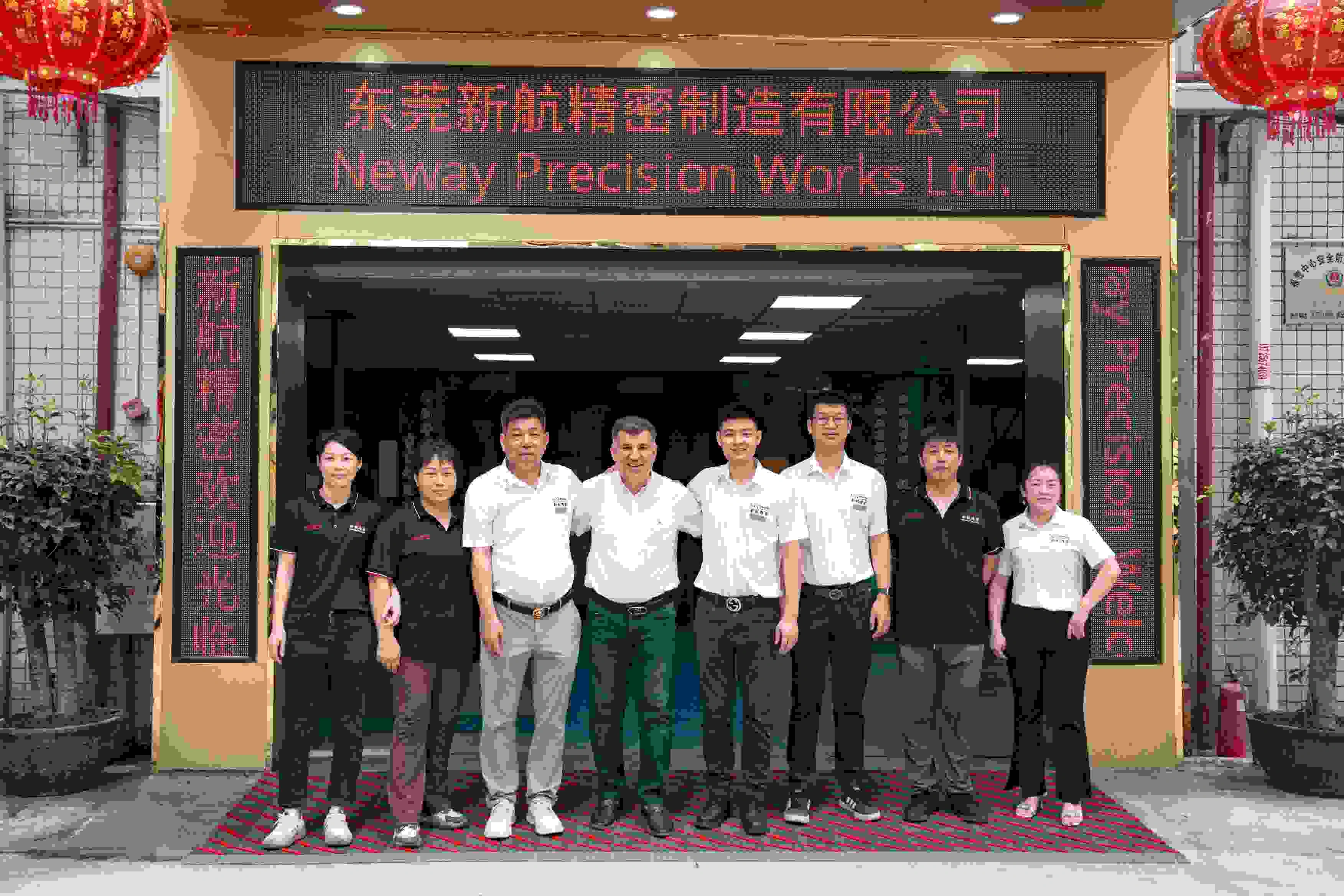What are the thinnest wall thicknesses achievable with aluminum casting?
What Are the Thinnest Wall Thicknesses Achievable with Aluminum Casting?
Standard Thin Wall Limits in Aluminum Die Casting
Aluminum die casting is highly suitable for producing thin-walled components with high dimensional stability. Using precision tooling and optimal alloy flow characteristics, wall thicknesses as low as 1.0 mm can be achieved in certain conditions. For most production cases, a practical minimum wall thickness falls within 1.5–2.0 mm, depending on part size, alloy type, and structural requirements.
Factors That Influence Thin Wall Casting
Achieving ultra-thin walls in aluminum casting is a balance of design, tooling, and process control. Key factors include:
Alloy Selection: Alloys like A380 and ADC12 have excellent flowability, making them ideal for thin-wall casting.
Mold Design: High-pressure die casting dies with precise gating and venting allow molten aluminum to fill tight, narrow cavities quickly before solidification.
Part Geometry: Uniform wall distribution helps maintain material flow; isolated thin sections may lead to incomplete fill or warping.
Die Temperature Control: Consistent thermal management ensures flow stability and reduces the risk of premature solidification in thin-wall regions.
Limitations and Engineering Recommendations
While walls below 1.0 mm are theoretically possible in small, flat components, they are generally discouraged due to increased risk of:
Porosity or cold shuts
Structural instability during ejection
High tooling wear and reduced mold life
Our engineering team typically recommends 1.5 mm minimum for production-grade parts unless performance or weight constraints justify further reduction, which can be validated via rapid prototyping.
Complete Thin-Wall Casting Solutions from Neway
We help clients achieve precision thin-walled aluminum castings with integrated services:
Design Optimization: Expert DFM consultation ensures your designs are optimized for fill, strength, and manufacturability.
High-Precision Tooling: Our tool and die services enable sharp cavity definitions and reliable die performance.
Post-Machining and Surface Finishing: CNC machining and advanced post-processing, including anodizing, ensure the part meets final dimensional and cosmetic requirements.



